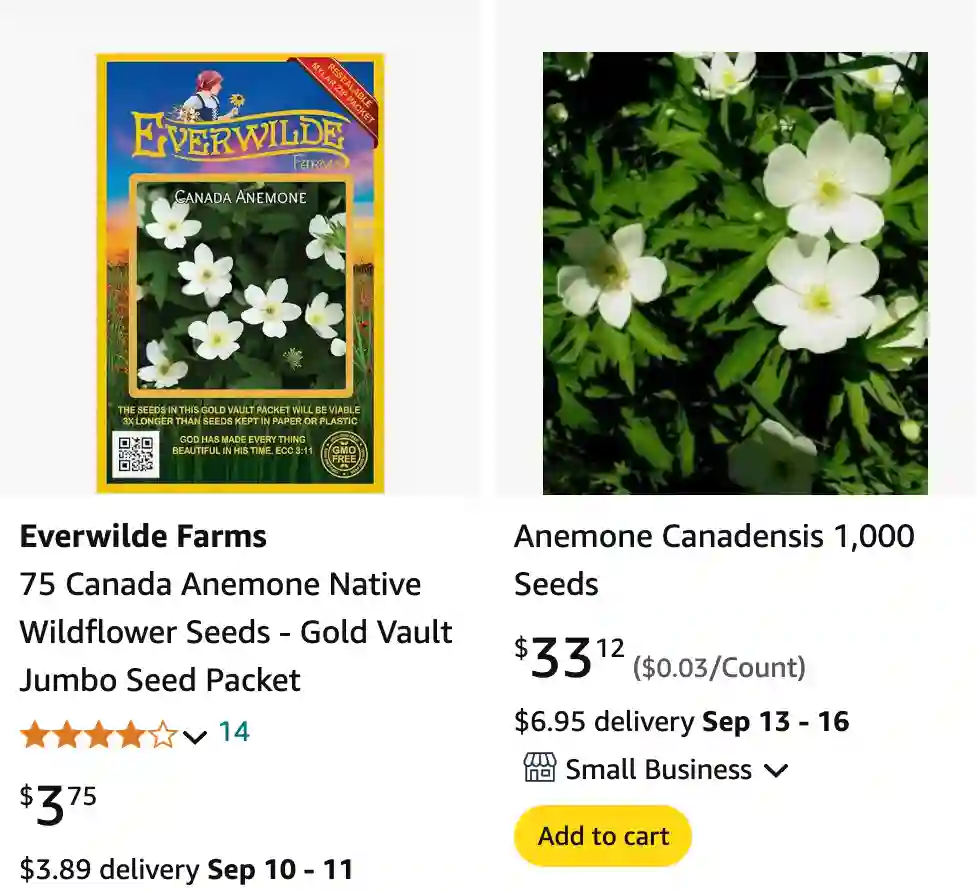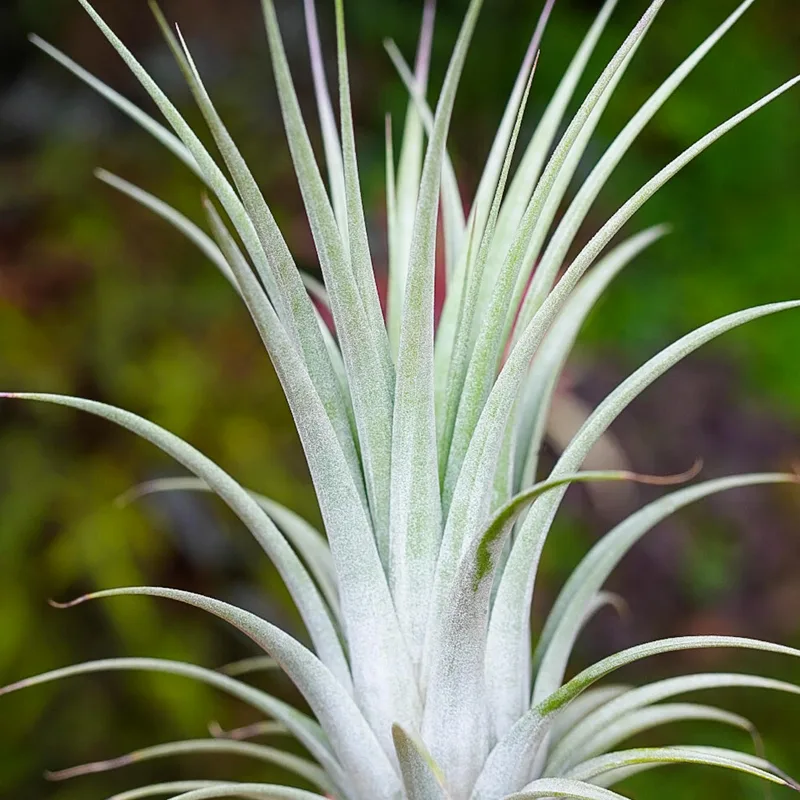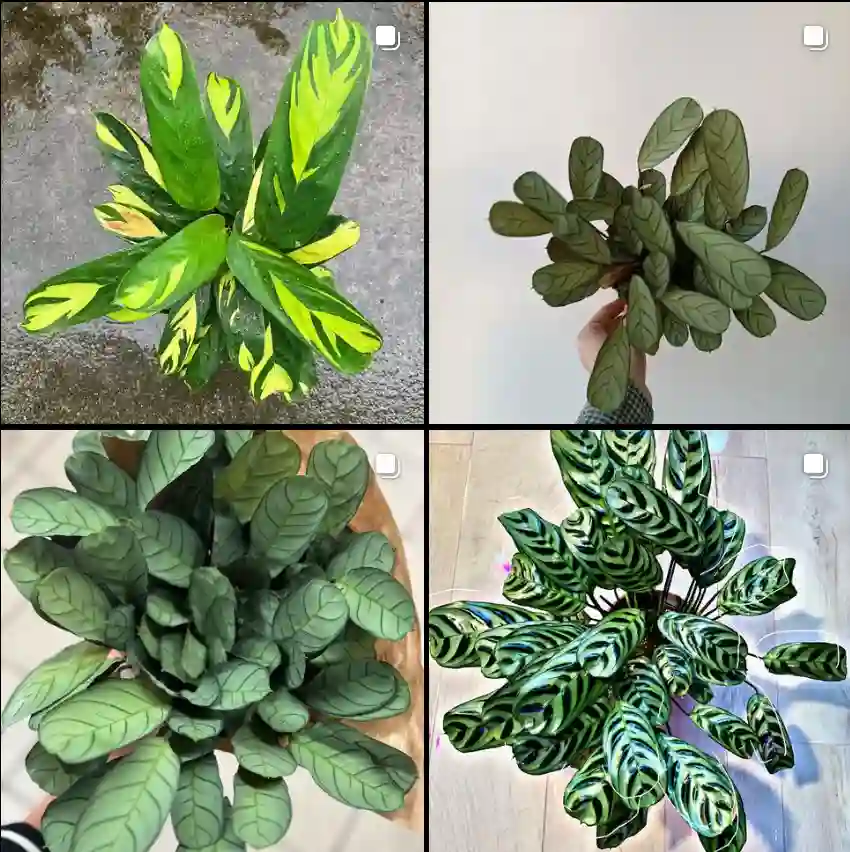
Frequently Asked Questions About Anemone Canadensis
When exploring native wildflowers for your garden, Anemone Canadensis, commonly known as Canada Anemone, often comes up. It’s a beautiful plant with delicate white flowers and a history deeply rooted in North America’s flora. Here, I’ll tackle some frequently asked questions about Anemone Canadensis to help you better understand this charming wildflower.
115 Species in Genus Anemone
What Is Anemone Canadensis?
Anemone Canadensis is a perennial flowering plant that belongs to the Ranunculaceae family. Native to North America, it thrives in a variety of environments, from woodlands to meadows. This plant is recognized for its striking white or pale pink flowers that bloom in spring and early summer, creating a lovely display in any garden setting.
Is Anemone Canadensis a Protected Michigan Wildflower?
In Michigan, Anemone Canadensis is not listed as a protected species. However, it’s always wise to check local regulations and conservation guidelines, as the status of plants can change. Even if it’s not officially protected, it’s important to respect local flora and avoid disrupting natural habitats.
How to Care for Anemone Canadensis?
Anemone Canadensis is relatively low-maintenance but does best with some specific care considerations. It prefers well-drained soil and can tolerate a range of soil types, from loamy to sandy. Partial to full sun is ideal, though it can also adapt to shaded areas. Regular watering is necessary, especially during dry spells, but avoid waterlogging as this can lead to root rot.
How to Propagate Anemone Canadensis?
Propagation of Anemone Canadensis can be done through seeds or root division. Seeds should be sown in the fall or early spring after a cold stratification period to improve germination rates. Root division is best done in early spring or fall, where you can dig up the plant, separate the root clumps, and replant them. This method also helps to rejuvenate older plants.
What to Plant With Anemone Canadensis?
Anemone Canadensis pairs well with other native plants such as ferns, hostas, and native grasses. Its white flowers can complement a variety of colors, making it a versatile companion in garden beds. Consider combining it with Trillium species or Bloodroot for a harmonious woodland garden look.
Can You Grow Anemone Canadensis Indoors?
Growing Anemone Canadensis indoors is challenging and generally not recommended. This plant thrives in outdoor conditions with ample space to spread its roots and access natural light. Indoor environments often lack the appropriate conditions for its growth and can lead to issues like inadequate light and humidity levels.
Is Anemone Canadensis Toxic?
Anemone Canadensis is not considered highly toxic, but it can be mildly toxic if ingested in large quantities. It contains compounds that can cause gastrointestinal irritation, so it’s best to keep it away from pets and young children who might be inclined to nibble on plants.
Benefits of Anemone Canadensis
One of the key benefits of Anemone Canadensis is its role in supporting local wildlife. Its flowers attract pollinators like bees and butterflies, making it an excellent choice for a pollinator-friendly garden. Additionally, it’s a hardy plant that can help stabilize soil and reduce erosion, making it practical for garden beds and naturalized areas.
Common Problems with Anemone Canadensis
While generally resilient, Anemone Canadensis can face some issues. Common problems include fungal diseases like powdery mildew and rust. Proper spacing and good air circulation can help prevent these issues. Additionally, the plant can spread aggressively in favorable conditions, which might require periodic control measures to keep it in check.
Anemone Canadensis vs Anemone Virginiana
When comparing Anemone Canadensis to Anemone Virginiana (Virginia Anemone), several differences become apparent. Anemone Virginiana typically has larger flowers and prefers slightly different soil conditions, often thriving in more alkaline soils compared to the more versatile Anemone Canadensis. Additionally, Anemone Virginiana usually grows taller, making it better suited for background planting in garden beds, while Anemone Canadensis is often used as a ground cover due to its spreading nature.
In conclusion, Anemone Canadensis is a versatile and attractive plant suitable for a variety of garden settings. Understanding its care requirements and how it compares to similar species can help you make the most of this beautiful wildflower in your landscape.
If i die, water my plants!



